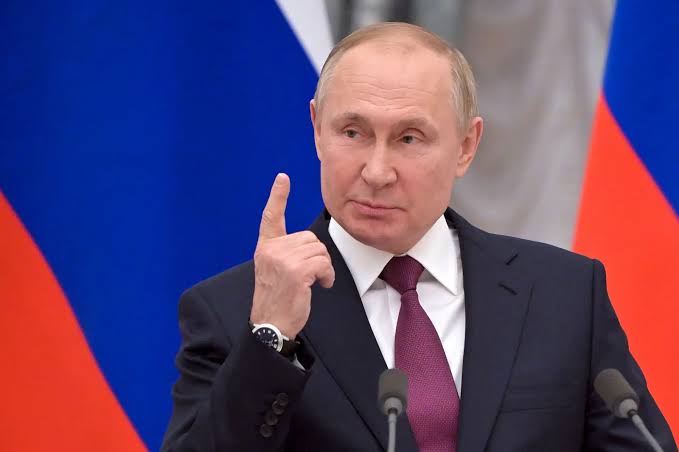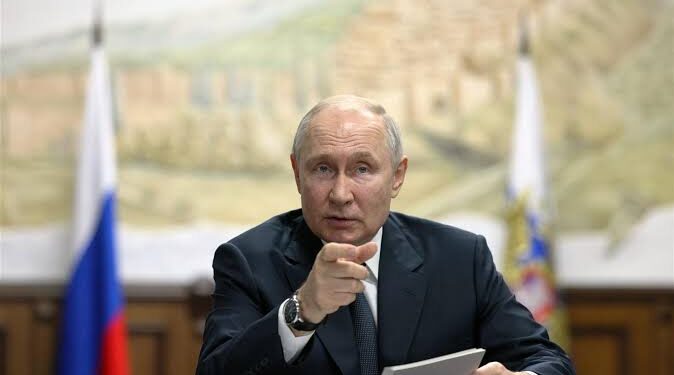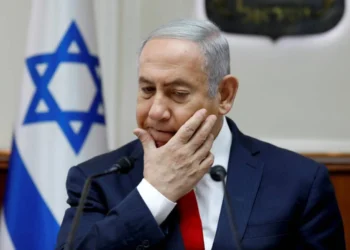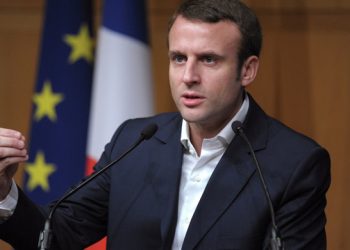Russia has officially announced amendments to its nuclear doctrine to address emerging threats. This new framework establishes a “red line” for the use of nuclear weapons in response to perceived aggression, particularly in light of Western support for Ukraine.
Key Changes in Doctrine
On Wednesday, President Vladimir Putin emphasized that the proposed changes would allow for the use of conventional weapons against Russia’s sovereign territory. This includes missiles, artillery shells, and other military capabilities. Furthermore, any nuclear power aiding such attacks would be considered complicit, resulting in a collective response against Russia.
Response to NATO and Ukraine
The amendments also indicate that Russia may consider using nuclear weapons if NATO permits Ukraine to launch deep strikes into Russian territory using Western-supplied long-range weaponry. This situation escalates tensions, especially as Ukraine continues to seek international support for its military operations.

Justification for the Amendments
Putin stated that the amendments were necessary to adapt to threats against Russia’s sovereignty. Ukraine’s requests for support in striking deep into Russia are particularly concerning for Moscow. Despite its ongoing military operations in Ukraine since February 2022, Russia perceives these developments as potential threats to its territorial integrity.
Currently, Russia’s nuclear doctrine outlines specific criteria justifying nuclear retaliation, such as enemy invasions or significant losses to its strategic missile capabilities. Putin has reiterated that the changing geopolitical landscape necessitates these new rules.
Considerations for Nuclear Engagement
In a televised meeting, Putin remarked, “We see the modern military and political situation is dynamically changing, and we must take this into consideration.” He highlighted that aggression by a non-nuclear state, supported by a nuclear power, would be treated as a joint attack on Russia.
Putin clarified that any decision to use nuclear weapons would rely on reliable intelligence regarding significant military assaults against Russia, including air and space attacks.
Formalization of the New Doctrine
The proposed amendments are in the process of being formalized. Kremlin spokesman Dmitry Peskov indicated that these changes are driven by a changing international landscape, increasing tensions at Russia’s borders, and the heightened involvement of NATO and Western nuclear powers in the Ukraine conflict.
Conclusion
Russia’s updated nuclear doctrine reflects a strategic response to perceived threats from NATO and Western support for Ukraine, reinforcing its stance on the use of nuclear capabilities in the face of aggression. As the situation evolves, these amendments could have significant implications for regional and global security.

















